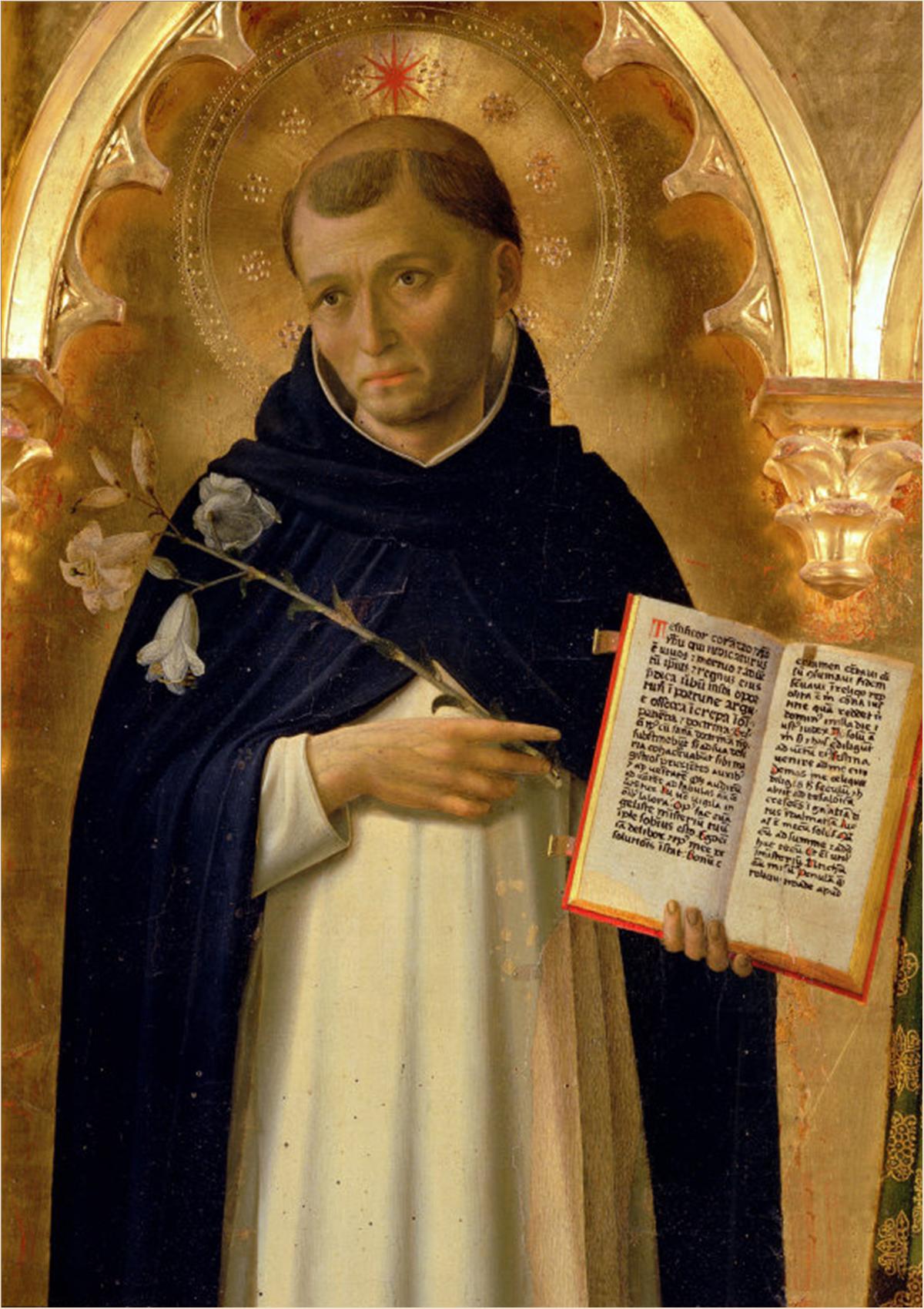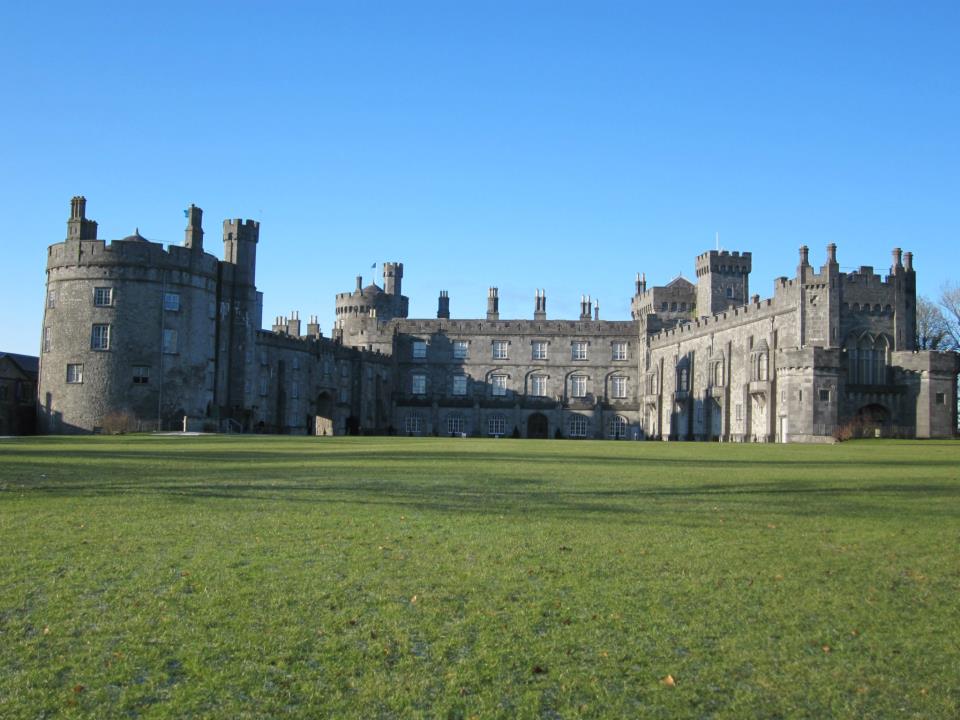|
Rosbercon Abbey
Rosbercon Abbey was a Dominican Abbey at Rosbercon, County Kilkenny. Founded in 1267, it was suppressed in 1539, and allowed to fall into ruin. A fragment of the Abbey survived as late as the 1820s, but no trace of it remains now. The founders of Rosbercon Abbey were two prominent local families, the Walshes and Graces. It never seems to have been a religious house of any importance, and little is recorded about it until 1539, when Matthew Fleming, the last abbot, surrendered it to Henry VIII. The King granted it to John Parker, the Master of the Rolls in Ireland.Ball, F. Elrington ''The Judges in Ireland 1221-1921'' John Murray London 1926 It is unclear whether Parker, who lived near Dublin, intended to convert it into a country house, but in the event, it seems to have been left to decay. A sketch of the Abbey, done in 1823, shows a small ruined building, with New Ross New Ross (, formerly ) is a town in southwest County Wexford, Ireland. It is located on the River Ba ... [...More Info...] [...Related Items...] OR: [Wikipedia] [Google] [Baidu] |
Dominican Order
The Order of Preachers ( la, Ordo Praedicatorum) abbreviated OP, also known as the Dominicans, is a Catholic mendicant order of Pontifical Right for men founded in Toulouse, France, by the Spanish priest, saint and mystic Dominic of Caleruega. It was approved by Pope Honorius III via the papal bull '' Religiosam vitam'' on 22 December 1216. Members of the order, who are referred to as ''Dominicans'', generally carry the letters ''OP'' after their names, standing for ''Ordinis Praedicatorum'', meaning ''of the Order of Preachers''. Membership in the order includes friars, nuns, active sisters, and lay or secular Dominicans (formerly known as tertiaries). More recently there has been a growing number of associates of the religious sisters who are unrelated to the tertiaries. Founded to preach the Gospel and to oppose heresy, the teaching activity of the order and its scholastic organisation placed the Preachers in the forefront of the intellectual life of the M ... [...More Info...] [...Related Items...] OR: [Wikipedia] [Google] [Baidu] |
Rosbercon
Rosbercon () is a village in Ireland, on the opposite side of the River Barrow from New Ross, County Wexford. Although the village was originally in County Kilkenny, much of it is now in Wexford for administrative purposes. It had a population of 628 as of the 2006 census. It has a large Roman Catholic church, two schools, and restaurants, Thai and Chinese as well as a pub. The village shop closed in the summer of 2008. The Old Rectory, formerly a hostel for asylum seekers, was built on the site of the 13th century Rosbercon Castle. The village grew up around the castle and Rosbercon Abbey, a Dominican house founded in 1267 and suppressed in 1539. The village expanded by nearly 60% between 2002 and 2006, with between 34 and 46 percent of its population are immigrants, chiefly from Poland and other Eastern European countries. There are a large number of new apartments by the river, many of them rented by members of the Polish community. Rosbercon is in the parish of Tull ... [...More Info...] [...Related Items...] OR: [Wikipedia] [Google] [Baidu] |
Kilkenny
Kilkenny (). is a city in County Kilkenny, Ireland. It is located in the South-East Region and in the province of Leinster. It is built on both banks of the River Nore. The 2016 census gave the total population of Kilkenny as 26,512. Kilkenny is a tourist destination, and its environs include historic buildings such as Kilkenny Castle, St Canice's Cathedral and round tower, Rothe House, Shee Alms House, Black Abbey, St. Mary's Cathedral, Kilkenny Town Hall, St. Francis Abbey, Grace's Castle, and St. John's Priory. Kilkenny is also known for its craft and design workshops, the Watergate Theatre, public gardens and museums. Annual events include Kilkenny Arts Festival, the Cat Laughs comedy festival and music at the Kilkenny Roots Festival. Kilkenny began with an early 6th-century ecclesiastical foundation within the Kingdom of Ossory. Following the Norman invasion of Ireland, Kilkenny Castle and a series of walls were built to protect the burghers of what became ... [...More Info...] [...Related Items...] OR: [Wikipedia] [Google] [Baidu] |
Abbot
Abbot is an ecclesiastical title given to the male head of a monastery in various Western religious traditions, including Christianity. The office may also be given as an honorary title to a clergyman who is not the head of a monastery. The female equivalent is abbess. Origins The title had its origin in the monasteries of Egypt and Syria, spread through the eastern Mediterranean, and soon became accepted generally in all languages as the designation of the head of a monastery. The word is derived from the Aramaic ' meaning "father" or ', meaning "my father" (it still has this meaning in contemporary Hebrew: אבא and Aramaic: ܐܒܐ) In the Septuagint, it was written as "abbas". At first it was employed as a respectful title for any monk, but it was soon restricted by canon law to certain priestly superiors. At times it was applied to various priests, e.g. at the court of the Frankish monarchy the ' ("of the palace"') and ' ("of the camp") were chaplains to the Merov ... [...More Info...] [...Related Items...] OR: [Wikipedia] [Google] [Baidu] |
Henry VIII
Henry VIII (28 June 149128 January 1547) was King of England from 22 April 1509 until his death in 1547. Henry is best known for his six marriages, and for his efforts to have his first marriage (to Catherine of Aragon) annulled. His disagreement with Pope Clement VII about such an annulment led Henry to initiate the English Reformation, separating the Church of England from papal authority. He appointed himself Supreme Head of the Church of England and dissolved convents and monasteries, for which he was excommunicated by the pope. Henry is also known as "the father of the Royal Navy" as he invested heavily in the navy and increased its size from a few to more than 50 ships, and established the Navy Board. Domestically, Henry is known for his radical changes to the English Constitution, ushering in the theory of the divine right of kings in opposition to papal supremacy. He also greatly expanded royal power during his reign. He frequently used charges of treason and ... [...More Info...] [...Related Items...] OR: [Wikipedia] [Google] [Baidu] |
John Parker (Irish Judge)
John Parker (c.1500–1564) was an English-born merchant, politician and judge in Tudor Ireland. He held the offices of Constable of Dublin Castle and Master of the Rolls in Ireland; to be appointed to the latter office was a notable achievement for a man who began his career as a cloth-maker and had no legal qualifications which would qualify him for judicial office. He also sat in the Irish House of Commons in the Parliament of 1560, and was a member of the Irish Privy Council. As a politician he was noted for leading the opposition to the Earl of Sussex, the Lord Deputy of Ireland, in the early 1560s. Background and business career He was a native of Tenterden in Kent, where he was in business as a cloth-maker in the 1530s. Later in the same decade he joined the household of Arthur Plantagenet, 1st Viscount Lisle, the Governor of Calais. Throughout his career, even while acting as a public servant, he pursued his own business interests, first as a ship-owner and then as a make ... [...More Info...] [...Related Items...] OR: [Wikipedia] [Google] [Baidu] |
Master Of The Rolls In Ireland
The Master of the Rolls in Ireland was a senior judicial office in the Irish Chancery under English and British rule, and was equivalent to the Master of the Rolls in the English Chancery. Originally called the Keeper of the Rolls, he was responsible for the safekeeping of the Chancery records such as close rolls and patent rolls. The office was created by letters patent in 1333, the first holder of the office being Edmund de Grimsby. As the Irish bureaucracy expanded, the duties of the Master of the Rolls came to be performed by subordinates and the position became a sinecure which was awarded to political allies of the Dublin Castle administration. In the nineteenth century, it became a senior judicial appointment, ranking second within the Court of Chancery behind the Lord Chancellor of Ireland. The post was abolished by the Courts of Justice Act 1924, passed by the Irish Free State established in 1922. History of the Office Until the sixteenth century, the Master of t ... [...More Info...] [...Related Items...] OR: [Wikipedia] [Google] [Baidu] |
Dublin
Dublin (; , or ) is the capital and largest city of Ireland. On a bay at the mouth of the River Liffey, it is in the province of Leinster, bordered on the south by the Dublin Mountains, a part of the Wicklow Mountains range. At the 2016 census it had a population of 1,173,179, while the preliminary results of the 2022 census recorded that County Dublin as a whole had a population of 1,450,701, and that the population of the Greater Dublin Area was over 2 million, or roughly 40% of the Republic of Ireland's total population. A settlement was established in the area by the Gaels during or before the 7th century, followed by the Vikings. As the Kingdom of Dublin grew, it became Ireland's principal settlement by the 12th century Anglo-Norman invasion of Ireland. The city expanded rapidly from the 17th century and was briefly the second largest in the British Empire and sixth largest in Western Europe after the Acts of Union in 1800. Following independence in 1922, ... [...More Info...] [...Related Items...] OR: [Wikipedia] [Google] [Baidu] |
New Ross
New Ross (, formerly ) is a town in southwest County Wexford, Ireland. It is located on the River Barrow, near the border with County Kilkenny, and is around northeast of Waterford. In 2016 it had a population of 8,040 people, making it the fourth-largest town in the county. History The port town of New Ross dates from the pre-Middle Ages. The earliest settlement in this area dates to the 6th century when St. Abban of Magheranoidhe founded a monastery in what is now Irishtown. The original earthen banked circular enclosure of his monastery was visible around the graveyard until it was removed by the council. It was replaced by a concrete wall and steel fence. Its name, ''Ros'', was shortened from ''Ros Mhic Treoin'', or ''the Wood of the Son of Treoin''. New Ross was in the territory of Dermot McMurrough and came to prominence when the Anglo-Normans conquered the region. The Norman knight William Marshall and his bride Isabella de Clare arrived during the early ... [...More Info...] [...Related Items...] OR: [Wikipedia] [Google] [Baidu] |





_-_Portrait_of_William_Robert_Fitzgerald%2C_2nd_Duke_of_Leinster.jpg)

_p223_Map_of_New_Ross%2C_c.1680.jpg)